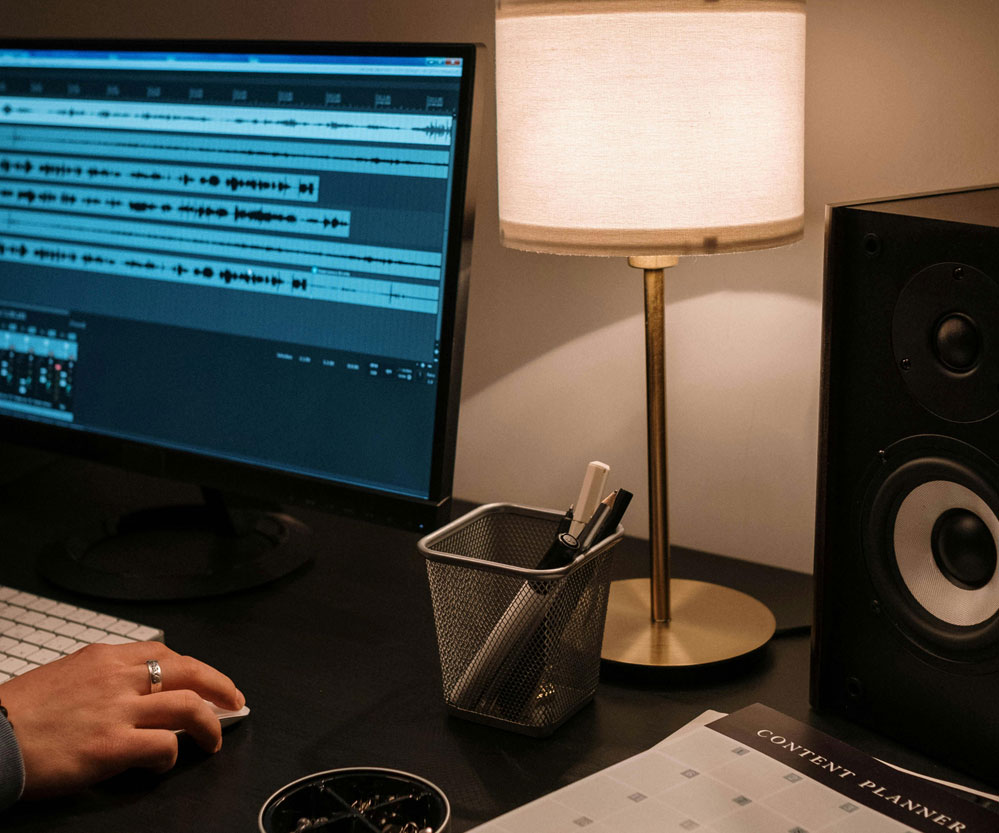How to Prepare Your Track for Mastering
Essential Tips for Optimal Algorithmic Mastering Results

🎚️ 1. Remove All Processing from the Master Bus
Before exporting your mix, ensure that the master bus is free from any processing effects such as:
- Limiters
- Compressors
- Equalizers
- Stereo wideners
- Saturation plugins
These effects can restrict the mastering process by altering the dynamics and tonal balance of your track. By providing a clean mix, you allow the mastering process to enhance your track effectively.
📉 2. Leave Adequate Headroom
Headroom refers to the space between the peak level of your audio and 0 dBFS (decibels full scale). It's essential to leave sufficient headroom to prevent clipping and allow for processing during mastering. Aim for your track's peak levels to be between -6 dBFS and -3 dBFS. This range provides enough space for mastering adjustments without risking distortion.
🎧 3. Check Your Mix in Mono
Listening to your mix in mono helps identify phase issues and ensures that all elements are audible when played on mono systems. Some stereo effects can cause certain elements to disappear or become less prominent in mono. By checking your mix in mono, you can make necessary adjustments to maintain balance and clarity across all playback systems.
📁 4. Export a High-Quality, Lossless File
When exporting your final mix for mastering:
- File Format: Use a lossless format such as WAV or AIFF.
- Bit Depth: Export at 24-bit or higher to preserve dynamic range.
- Sample Rate: Maintain the original sample rate of your project (e.g., 44.1 kHz, 48 kHz).
- Dithering: Do not apply dithering during export; this is typically handled during mastering.
- Normalization: Avoid normalizing your track, as this can alter the intended dynamics.
Providing a high-quality, unprocessed file ensures the mastering process has the best material to work with.
🧹 5. Clean Up Your Mix
Before sending your track for mastering:
- Remove Unwanted Noise: Listen for and eliminate any clicks, pops, or background noise.
- Fade Ins/Outs: Apply appropriate fade-ins and fade-outs to prevent abrupt starts or ends.
- Silence: Leave a few seconds of silence at the beginning and end of your track to allow for processing tails.
A clean mix ensures that the mastering process enhances your track without amplifying unintended artifacts.
📌 6. Label and Organize Your Files Clearly
Properly labeling and organizing your files facilitates a smooth mastering process. Include relevant information such as:
- Artist Name
- Track Title
- Version (e.g., mix version, instrumental)
- Tempo and Key (if applicable)
Providing this information helps the mastering engineer understand your track's context and make informed decisions during processing.